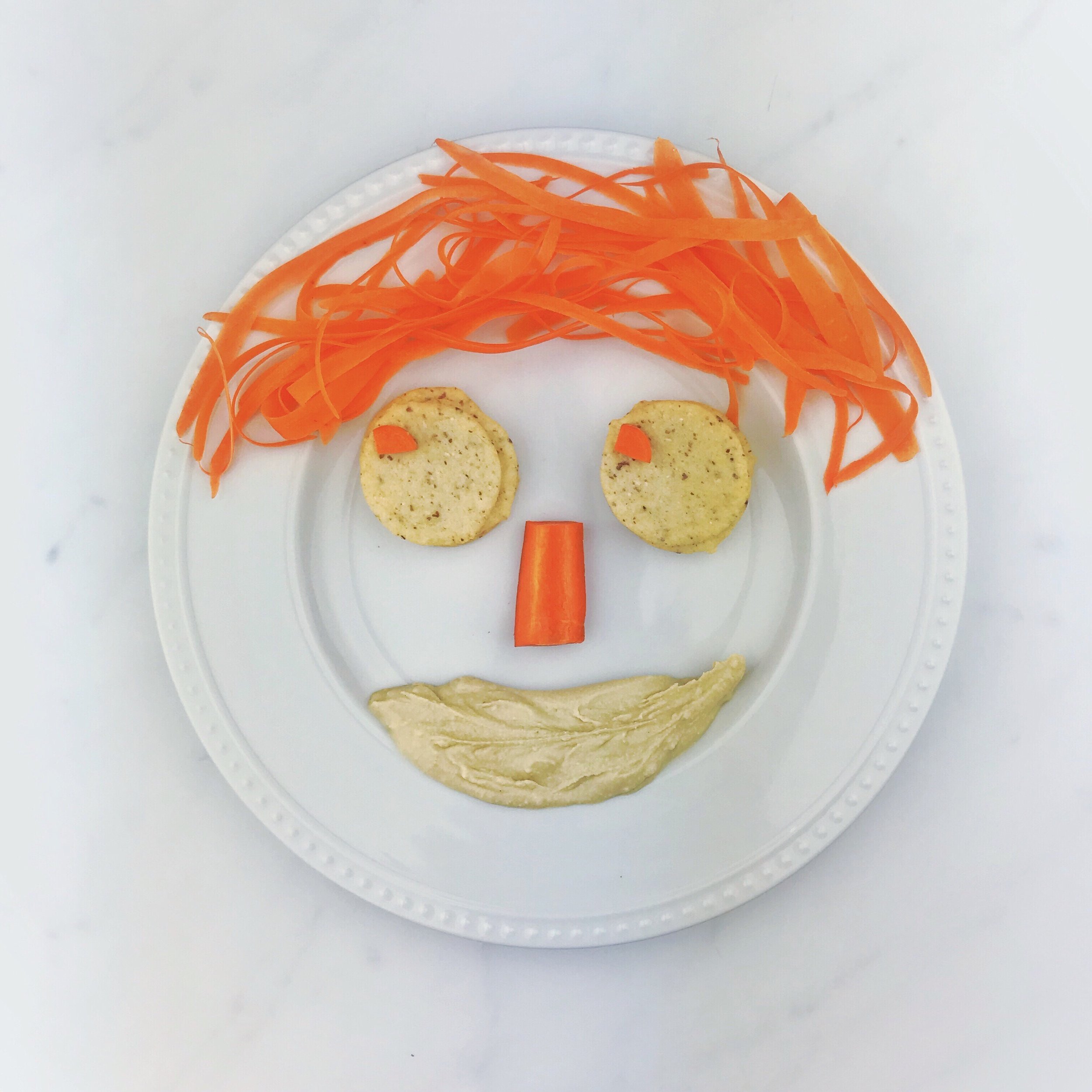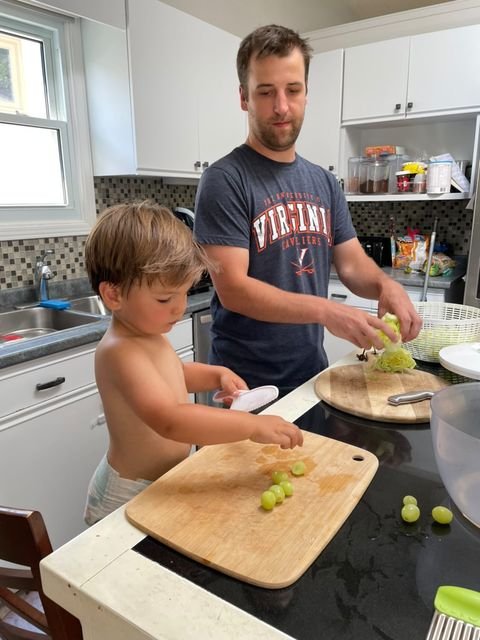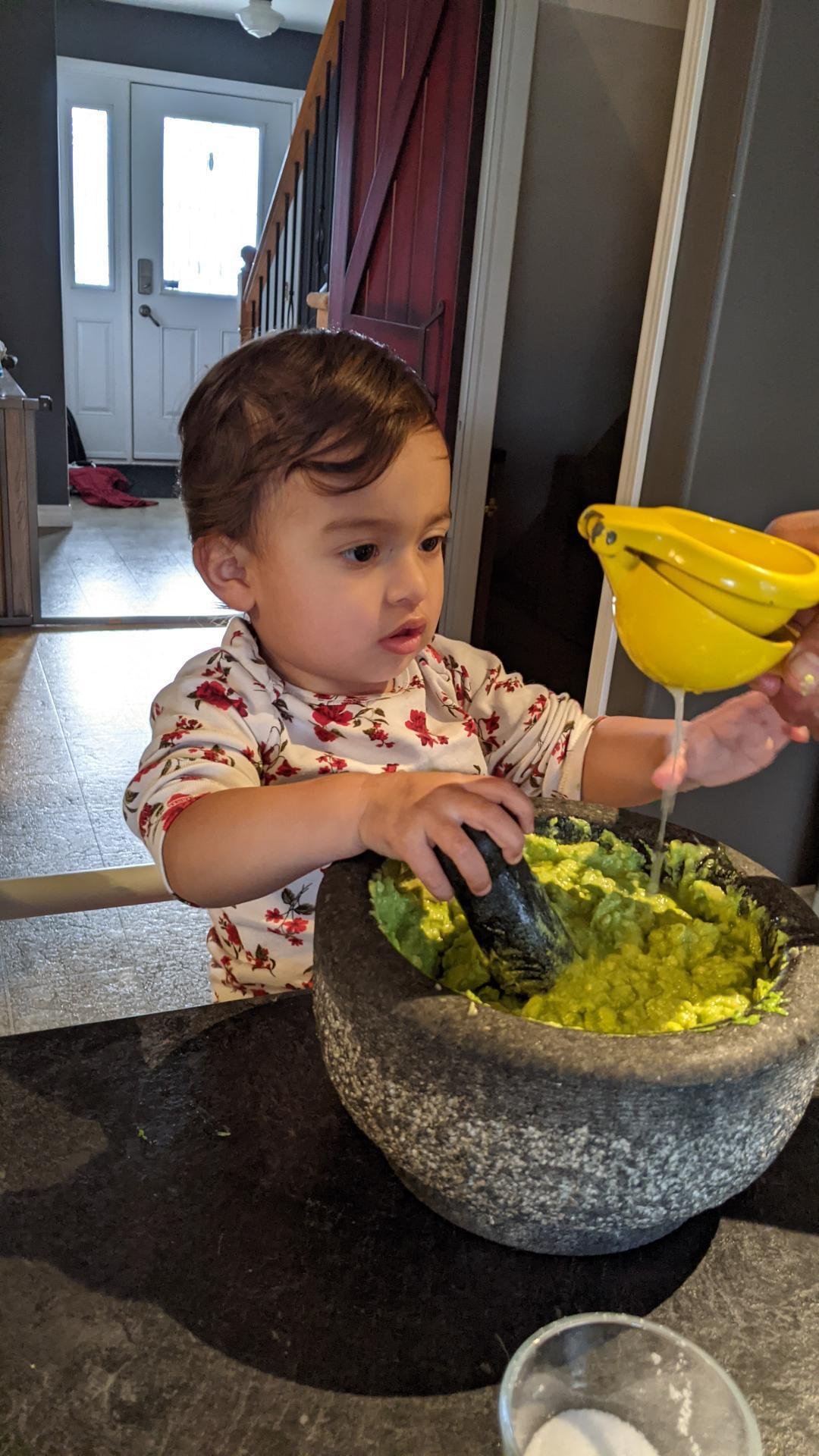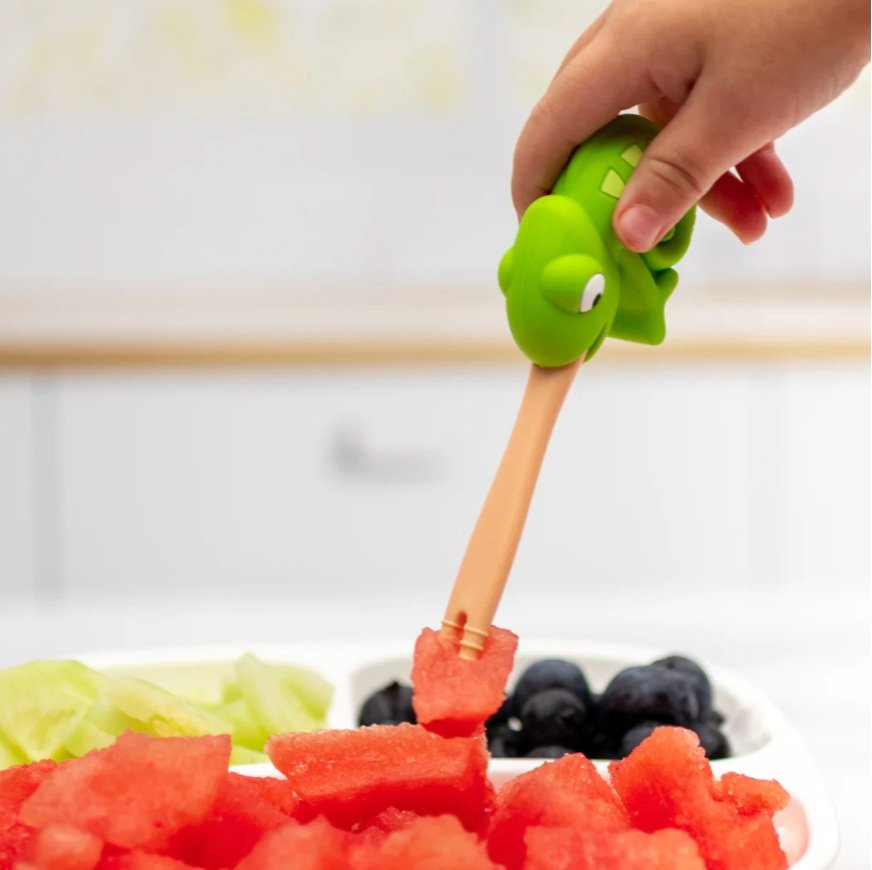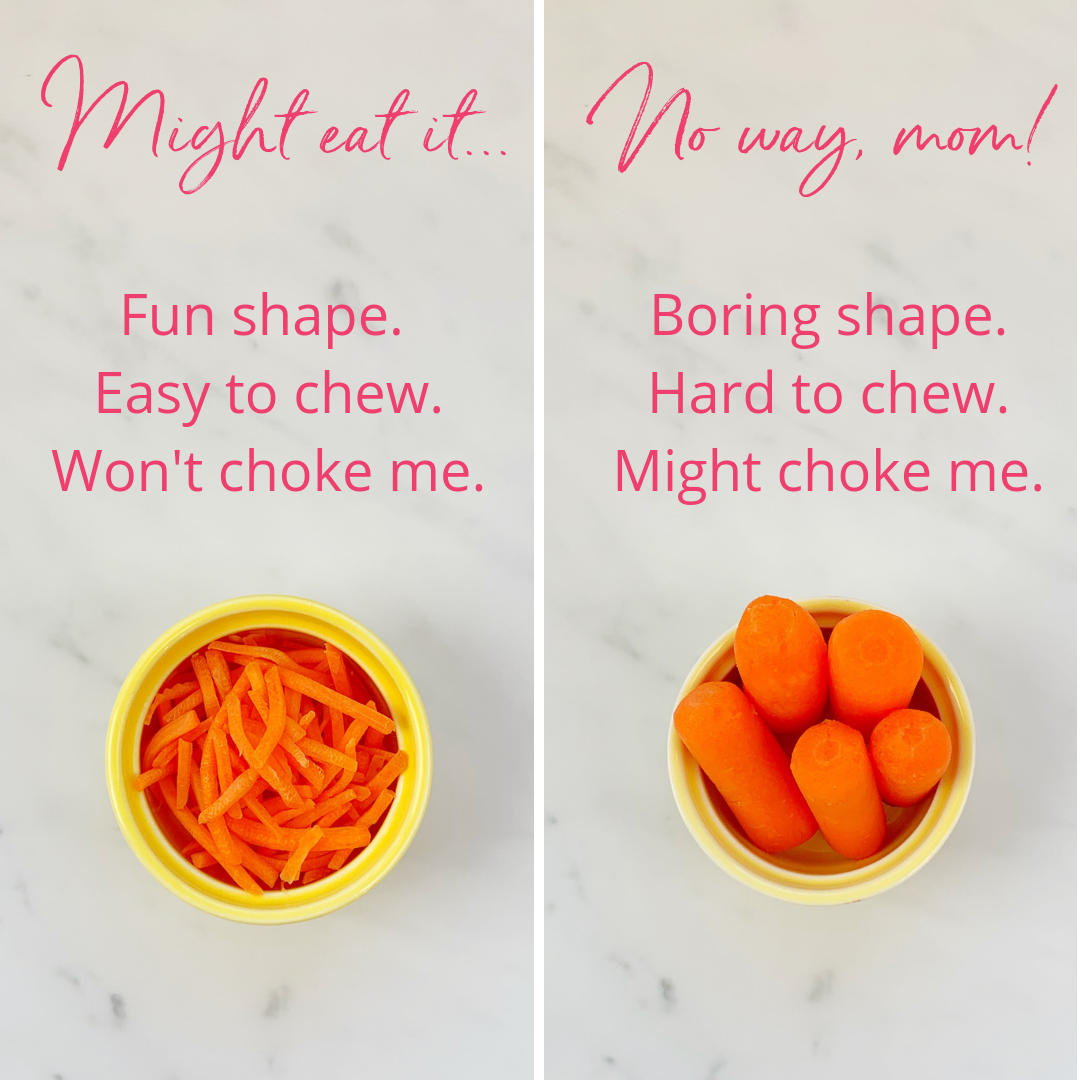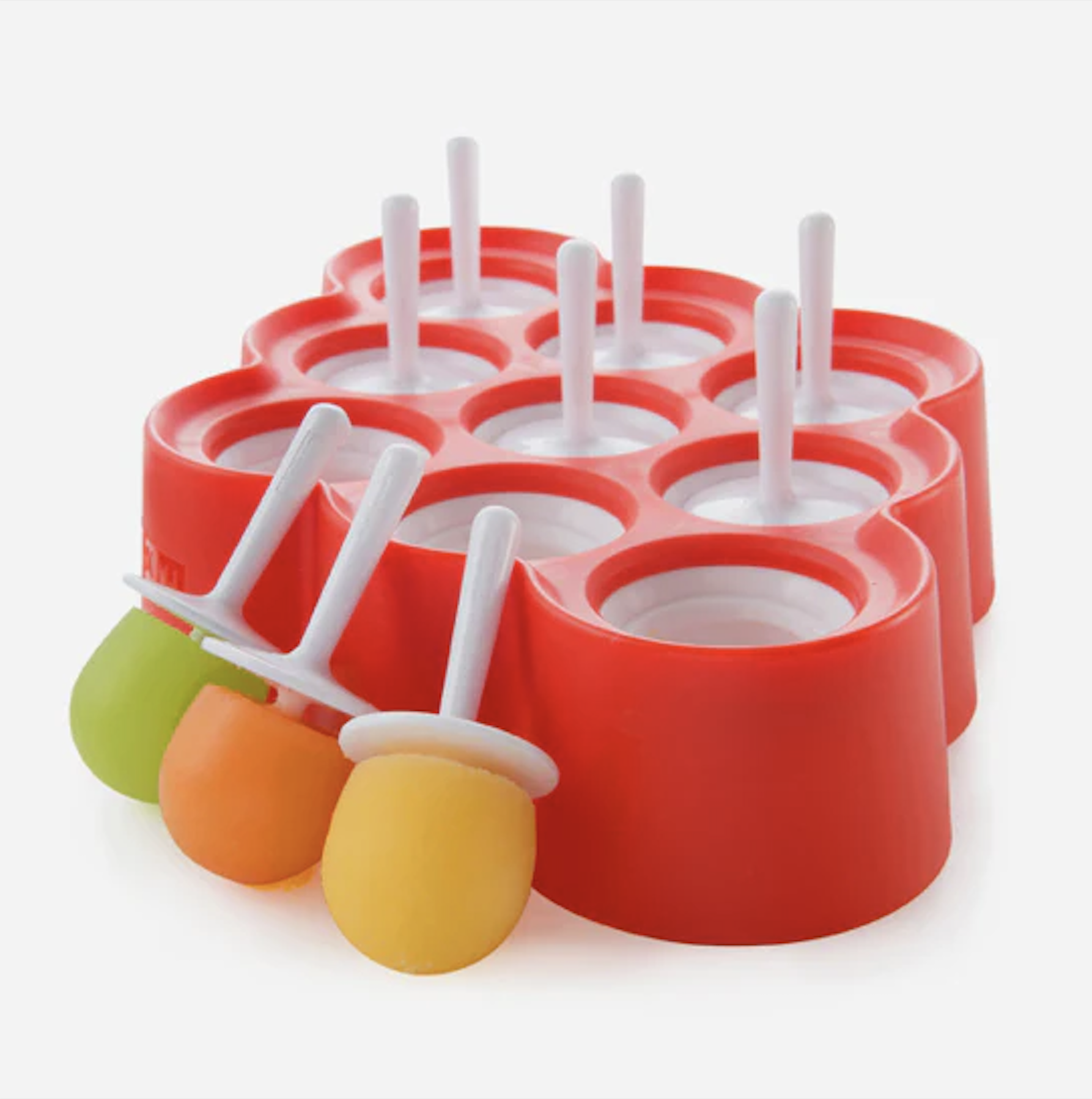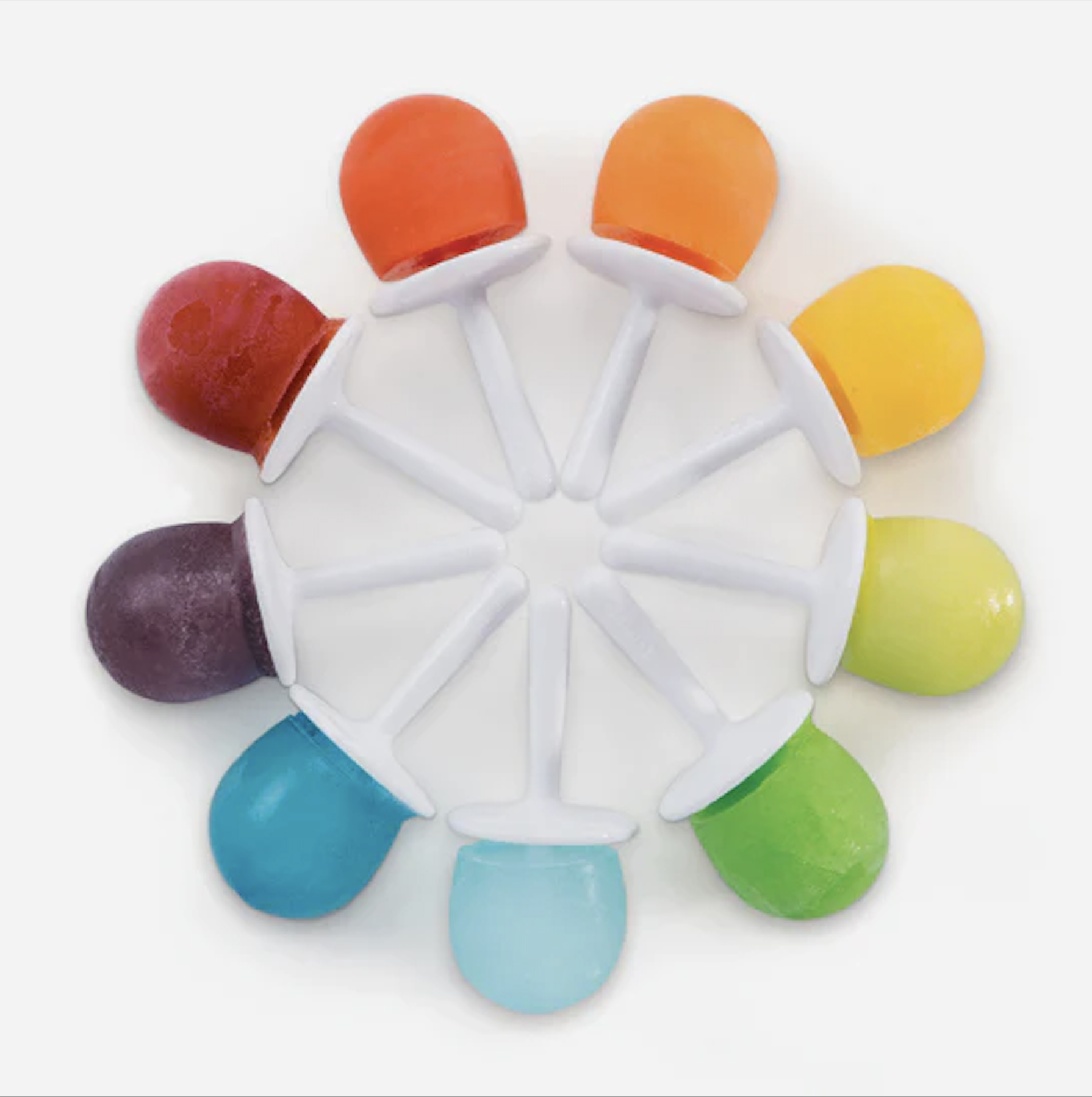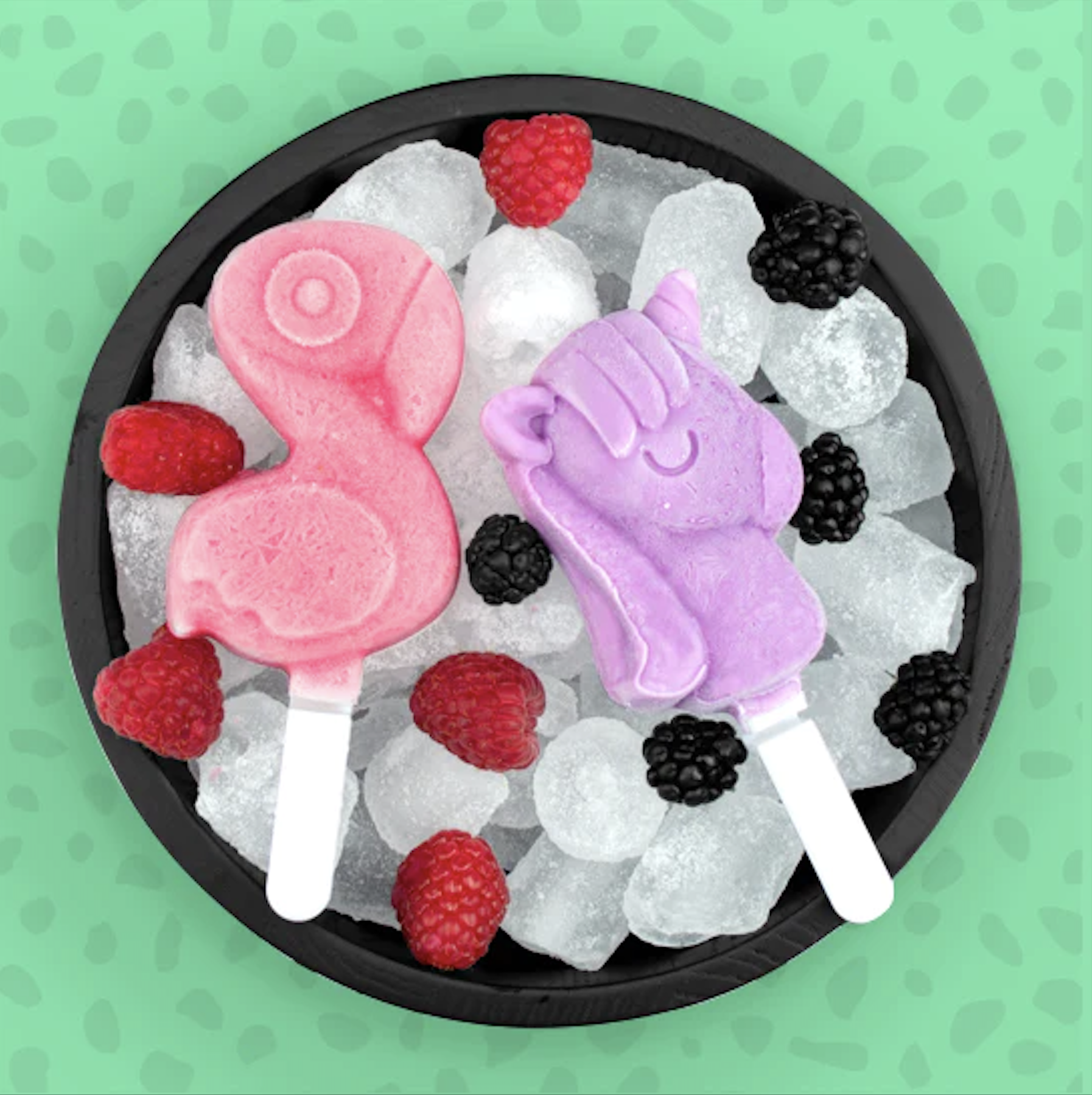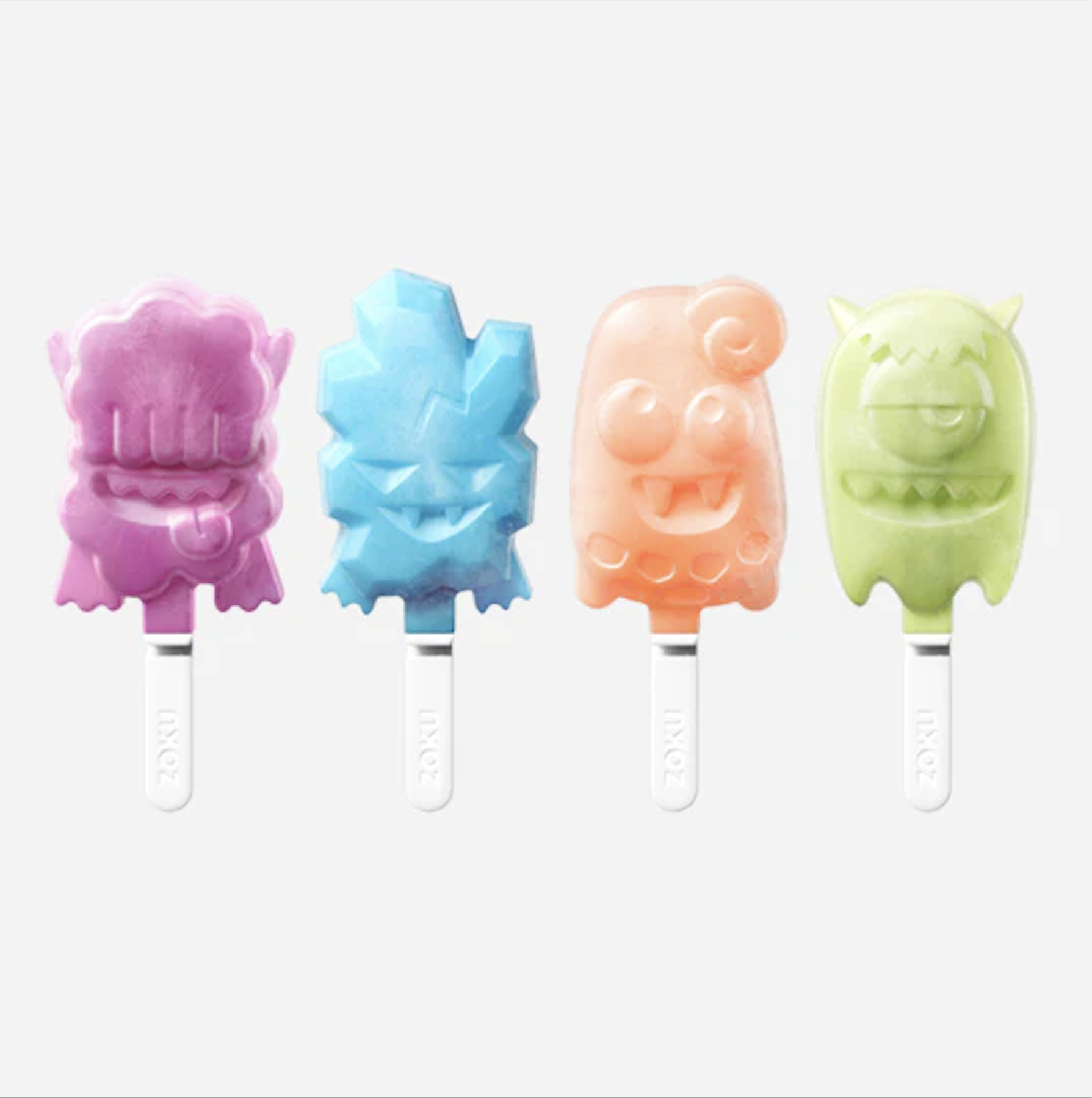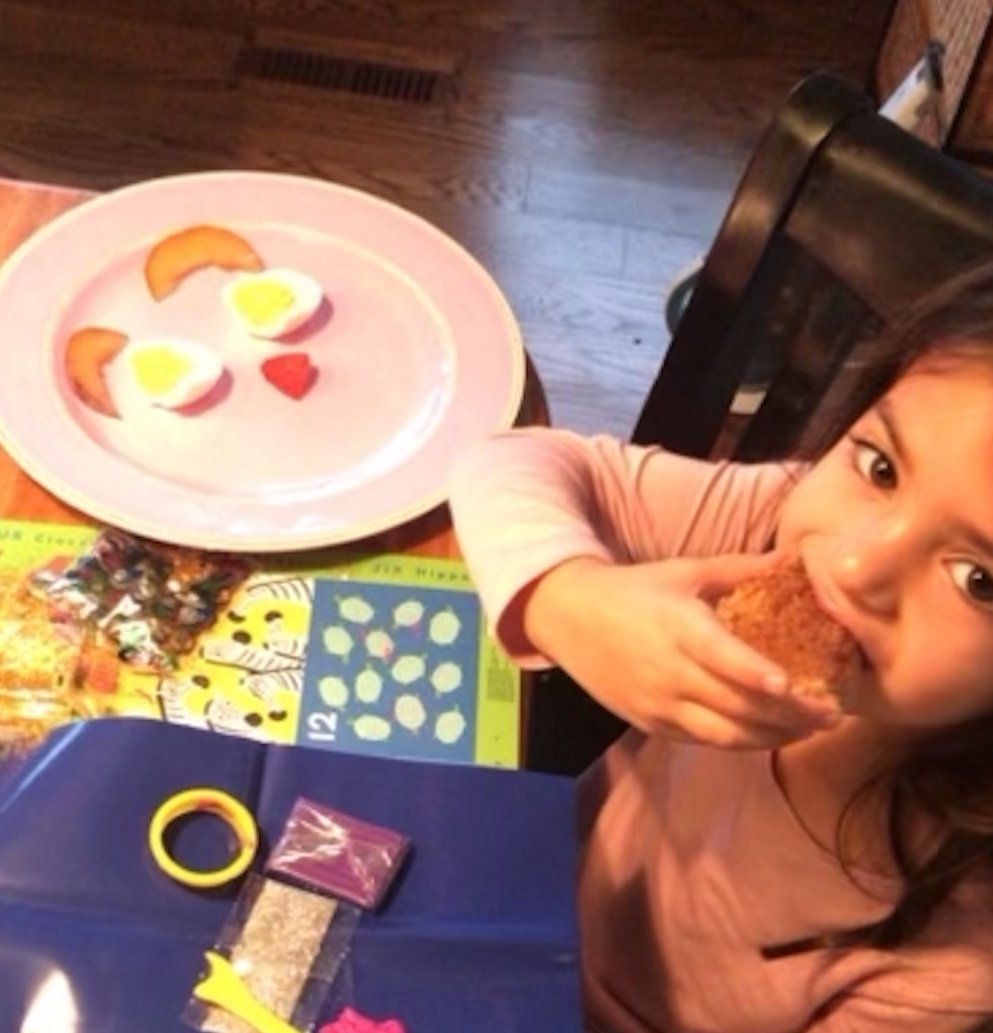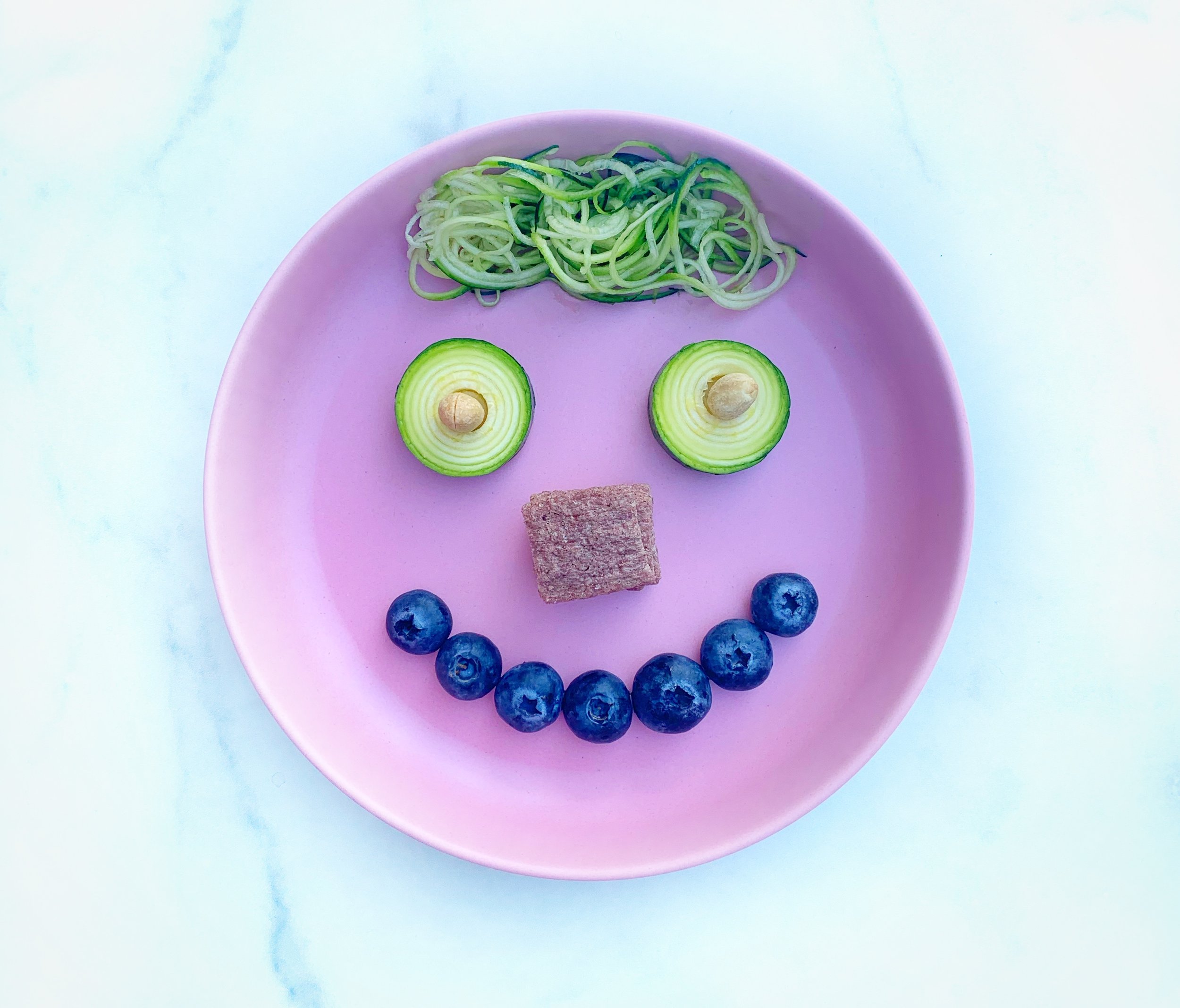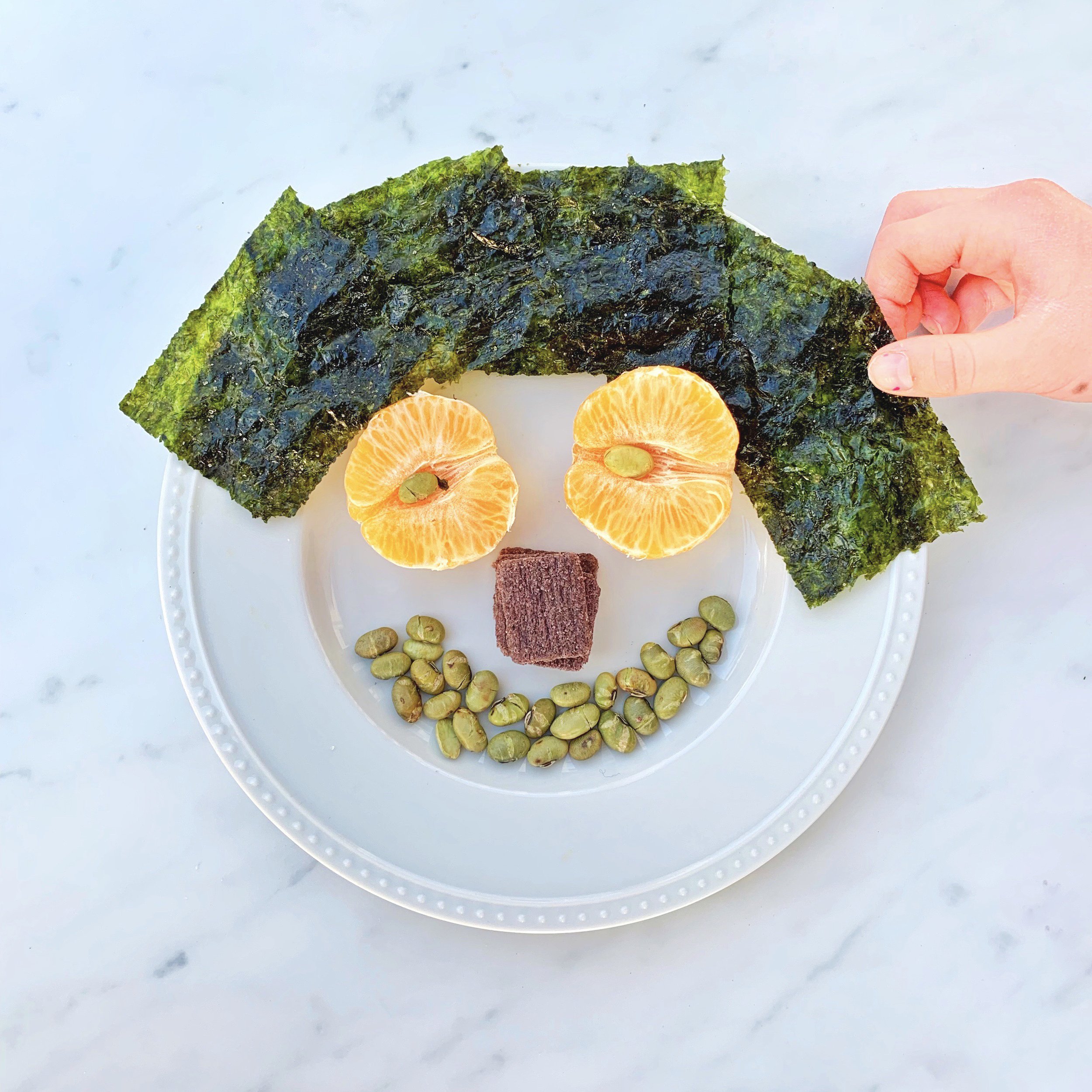Food Play Activities for Picky Eaters
This blog contains affiliate links, meaning that if you choose to purchase a product through a link, I will receive a small commission - but this in no way impacts the amount you pay. Affiliate links are marked with an asterisk (*).
Fussy eating is often a source of stress at mealtimes, but activities for picky eaters can take the pressure off kiddos and make mealtime more enjoyable for everyone.
According to one study, as many as 46% of kids go through some form of picky eating during early childhood, and more than half grow out of it. Studies show that coercing your kids to eat vegetables doesn’t increase their likelihood of eating greens.
So what can you do?
Instead of getting into power struggles at the table, try having some fun.
Sensory food play and other activities for picky eaters take the pressure off eating, increase a child’s comfort level and curiosity around food, and create positive mealtime experiences which can lead to enormous benefits over time.
Activities for kids who are Picky Eaters
Your child may not accept every new food, but the more textures and flavors young kids are exposed to, the less likely they are to be picky eaters later. In my experience as an infant and child feeding expert, one way to get kids and babies interested in food is through safe sensory play where they can touch, feel, smell and taste food without worrying about the mess or whether they’re eating enough.
Activities that engage a child during meals can also help change up the dynamic and make it more positive.
The only ground rule for these activities is there's no "good" or "bad" food. Actually eating the food is great, but not the real goal here. Right now, the only goals are using different senses like touch, smell and sight, learning about new foods, and finding creative ways to make new foods fun, interesting, and accessible.
Engage your child in the process of choosing which foods to use, or choose them yourself, whatever seems to work better to get your child playing with food.
Draw them into meal prep and planning
Set little ones up for success as little helpers by giving them age-appropriate kitchen jobs. For example, you might allow young toddlers to help set the table with napkins, pour ingredients into bowls, and throw garbage in the pail.
Older toddlers can help wash fruit and veggies, mix cold ingredients, tear lettuce, and go to town at the breading station.
School-aged kids can do more complex tasks. Use your judgment and knowledge of their facility with knives if allowing them to use a knife, peeler or grater - and of course, always supervise closely.
Make food fun
Nutritious food doesn't have to be serious! Use cookie cutters to make shapes out of zucchini rounds or toothpicks to make fruit kebabs, and try fun food picks or mini-tongs as interesting utensils. An easy change to the presentation can have a big impact on how your little one perceives the meal on their plate.
One of my favorite brands for picky eaters is by Dabbldoo*, a brand created by a pediatric dietitian who wanted to create developmentally appropriate feeding tools and food picks to help kids interact with new foods they may not yet feel comfortable trying. These super cute utensils are easy for kiddos to grasp and offer a no-pressure way to make meals fun.
Have a picnic or buffet-style meal
A 1 year old babe enjoying a picnic! Thank you to her parents for sharing.
Offering a variety of foods buffet-style lets kids try a small taste of various foods. There's no pressure to finish the meal or to like any one food in particular.
It's even more fun for kids when you incorporate a theme such as "foods from around the world." Or, put a picnic blanket on the living room floor for a spontaneous picnic and join them at their level.
Make a fruit and vegetable rainbow
Encourage kids to create their own produce rainbow using a variety of fruits and vegetables of all different colors, shapes, and sizes.
Another fun way to incorporate more fruits and veggies into a child’s diet is to freeze fruit and/or vegetable-based smoothies into kid-friendly popsicles! Create fun shapes, flavors, and colors together using different popsicle molds* like these precious silicone Zoku popsicle kits* that are super easy to clean and come in the most whimsical, kid-sized character shapes. Use code HEALTHYMOM for a 10% discount.
Let them choose a meal
Set aside some time each week to plan meals ahead and allow kids input into what is served at a certain meal. When kids have a say in what is served, they are often significantly more invested in eating it, when it shows up at the table.
Some ways you can try this is to allow a child to pick one meal a week or choose the family dinner on their birthday. Then, everyone shares the meal your kiddo picked.
Play "restaurant"
Take turns being the server. Then, let them choose whatever they want to order from the pretend restaurant. It doesn't have to be what's on the menu for dinner. The point is to have fun watching them use their imagination to put together meals.
Sing
Sing, get silly and have fun yourself while you cook. The sillier, the better!
Picky eating can be stressful. The more we can lighten up the mood, remove the stress and bring a positive tone to food, the less picky eating behaviors tends to stick around.
Sensory Food Play Ideas
Many factors contribute to picky eating. However, sensory sensitivity, particularly texture, plays a big role in food acceptance by kids.
Food play and sensory activities can make new foods seem a lot less scary. Instead of encouraging kids to have a taste, engage their other senses. You might even be able to get them to try nutritious foods they might not otherwise eat.
Incorporating these food play ideas for picky eaters into your family meals can also be fun for older kids, so let everyone get involved.
And worry about the mess later!
Smelling Games
Before even taking a bite of food, challenge your child to identify as many ingredients as possible in a dish just by smelling it. For example, can they figure out which flavor of yogurt they have by smelling it? Can they smell which spices were used in a muffin recipe?
Touch & Feel
Let your child explore their food through touch and messy food play.
Let them feel the difference between smooth and bumpy fruits and vegetables, set up an opportunity to finger paint with purple smoothie or “build” a snowman with mashed potatoes.
Make a homemade play dough or little cars out of apple wedges, grapes and toothpicks.
Challenge your child to see who can stack cucumber rounds the highest, and see who can make the cutest food face out of the foods on the plate.
Kids can often get over excited during some of these messy food play ideas. In fact, the mess is something that many parents tell me is what stresses them out the most. If you feel this way, know that you’re in good company. As stressful as it can feel (and wasteful at times, as well), know that messy food play now often leads to more food acceptance and less food waste down the road (and for years to come) as your child learns to like more foods.
As best you can, discourage food throwing or destructive behavior like slamming toys or dishes into the food and making it splatter. If things go south, it’s ok to wrap it up and try again another day.
Have a Taste Test
Allow your little one to sample small amounts of new foods or add new flavors to familiar foods.
If your child is open to tasting, try setting up a taste test. For example, you can do this with two different types of apples or a few different types of cheese. See if they can identify the differences in taste, and then have them vote on which one they like best.
Learn the Colors
Use a white plate to let the colors of your child's meal pop. Use different foods to help your little one learn about colors and shapes. Have them sort different colored strips of bell pepper, or count raisins and sort them into piles. Ask them what patterns, colors, or shapes they see on the plate.
Sound Effects
Add some extra excitement to food by adding in the element of noise.
Listening to their food lets children hear the different sounds foods make when they are eaten. Have them listen to the crunch of an apple or carrots or the slurp of soup from a spoon. See who can crunch the loudest or chew the quietest.
Final Thoughts
Learning to like new foods is a process that can take time. Keep trying new fun ideas each week, bring lots of patience to each activity and leave behind the pressure to eat. Sensory play is a great way to engage your child's senses while exploring new foods, but it doesn’t happen overnight.
Even picky eaters can get enough nutrients to support their growth by getting a balance of different foods throughout the day. But extreme picky eaters may avoid food groups, certain foods, or not eat enough to meet their nutrient and calorie needs.
If you've tried many activities and still have concerns, I can help. As a registered dietitian specializing in children's nutrition, I offer personalized nutrition support for babies and kids in my virtual private practice.
For more tips on feeding kids, grab my FREE guide to reducing picky eating, and if you are looking for help navigating picky eating behaviors in your toddlers, preschoolers, and school age kiddos, you can also find additional support in my online course, Solve Picky Eating, a self-paced set of 12 modules that are delivered quickly in 5-15 minute videos.


